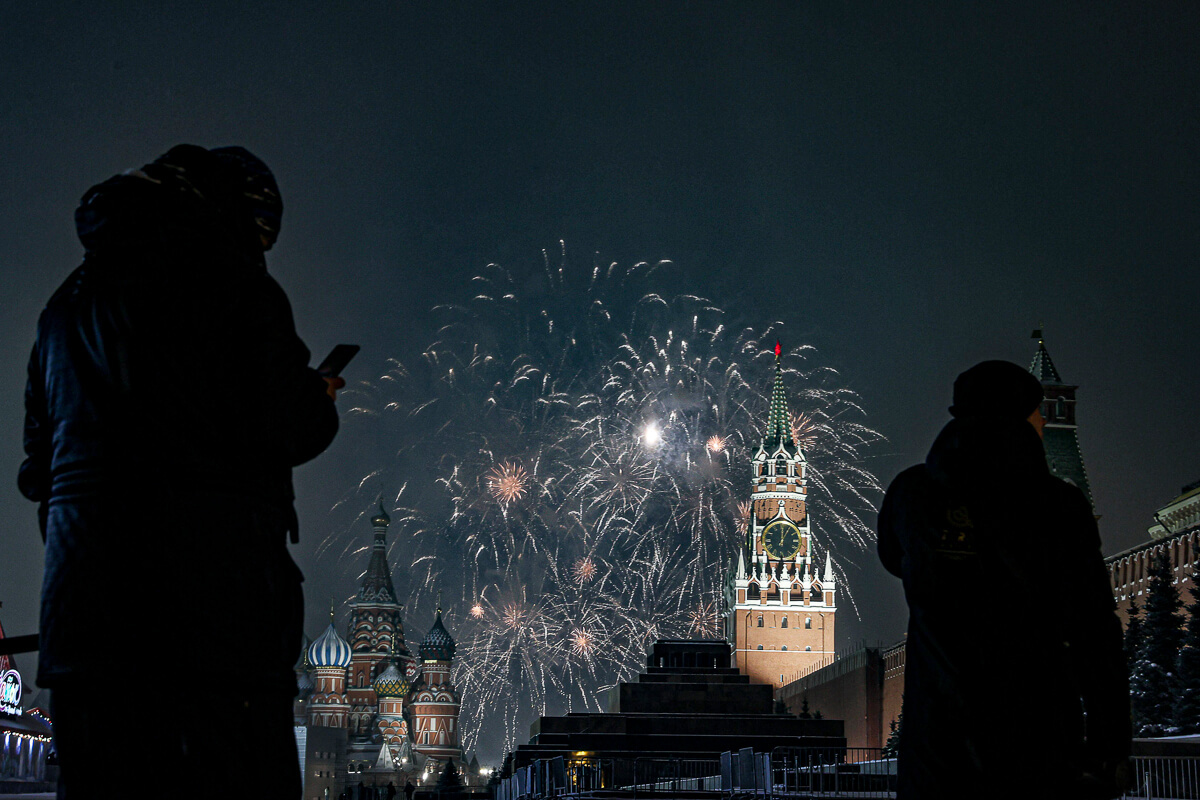
In reality, as highlighted by Reuters, Russia has shown interest in expanding its 5G capabilities. During a session on June 20th discussing the telecom industry's development until 2035, Russian Prime Minister Mikhail Mishustin mentioned a roadmap designed to accelerate the transition to 5G.
The deployment of 5G in Russia remains intricate, partly due to the withdrawal of Western European vendors Ericsson and Nokia following the country's Ukraine invasion. China-based Huawei and ZTE face complexities due to international sanction compliance.
Despite this, Russia's publication Kommersant regularly reports the government's efforts to invest in domestic telecom equipment, including 5G base stations. Subsidies are being extended to manufacturers such as Yadro, Skoltech, Bulat, and Rostec.
Diana Gorelik, covering the CIS and Russia for Omdia, noted that Russia aims for a commercial 5G launch by 2030. These networks are intended to be established using domestic equipment in all cities with over 100,000 residents.
However, radio frequency availability remains a significant hurdle. The 3.5GHz spectrum, often referred to as the "golden band," is crucial for 5G. Several countries use this midband frequency for network deployments.
Andrey Kamensky, CFO of MTS, stated in 2020 that Russian regulators were hesitant to allocate frequencies in the 3.4GHz–3.8GHz range.
Russia's stance on this matter appears unchanged, leaning towards banning the 3.4GHz–3.8GHz band for 5G use.
The challenge is compounded by the fact that the military uses the 3.4GHz–3.8GHz band. The Russian government has always been cautious about releasing it for 5G applications.
In June, reports indicated that these frequencies might be allocated to a state-backed 5G operator formed through the national fixed operator Rostelecom. This would maintain government and military control over the 3.4GHz–3.8GHz band. The reports suggested that this sole 5G licensee might implement a "frequency sharing system," allowing law enforcement agencies to disable network signals in specific locations.
However, an August 2023 update from the Russian Ministry of Digital Development, Communications, and Mass Media indicated a likelihood of banning 3.4GHz–3.8GHz for 5G usage.
The Interfax news agency reported this week that the draft strategy for Russian telecom industry development until 2035 includes a ban on using the "golden band" of radio frequencies.
Maxut Shadayev, head of the Digital Development Ministry, mentioned the unresolved issue of transferring the 700MHz band to cellular operators, as broadcasters haven't relinquished these frequencies.
Instead, plans involve prioritizing the 4.4GHz–4.9GHz band, the 6GHz band (currently used by analog TV broadcasters), and the 24.25GHz–27.5GHz bands.
Regarding operators, Shadayev stated that the ministry was tasked with addressing the single-operator issue during the Digital Evolution forum.
Simultaneously, Rostelecom is part of the New Digital Solutions 5G development joint venture, alongside MegaFon, Beeline, and Mobile TeleSystems (MTS). This joint venture aims to research 5G network spectrum bands and address organizational and technical challenges impeding 5G progress in Russia.
While the idea of a single operator is still being considered, Gorelik emphasized uncertainty regarding the role of other telcos and the extent of New Digital Solutions Venture's involvement in the 5G launch.
In summary, 5G prospects in Russia remain uncertain, with a likely launch no earlier than 2030. Delays could continue if the Ukraine conflict persists. Consumer demand, mainly in big cities, may be met if affordable Chinese 5G smartphones are available. However, rural 5G rollout is expected to be slow due to limited demand.
From a business perspective, there might be long-term demand for 5G private networks and enterprise use cases, particularly in manufacturing and agriculture.